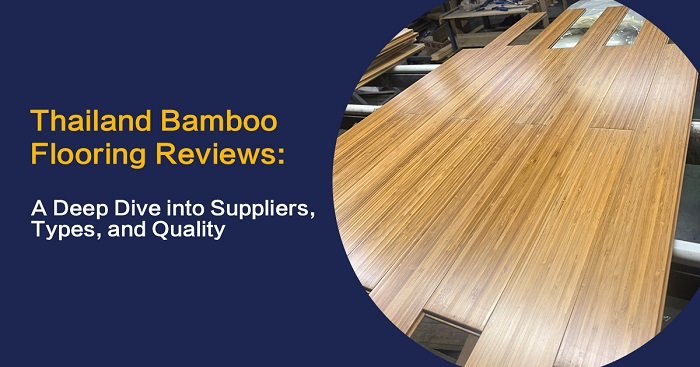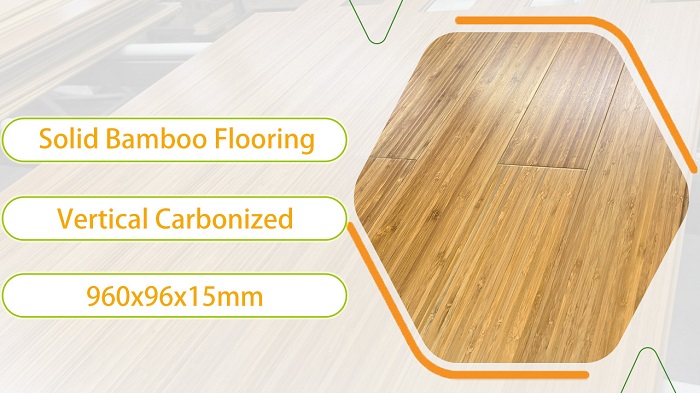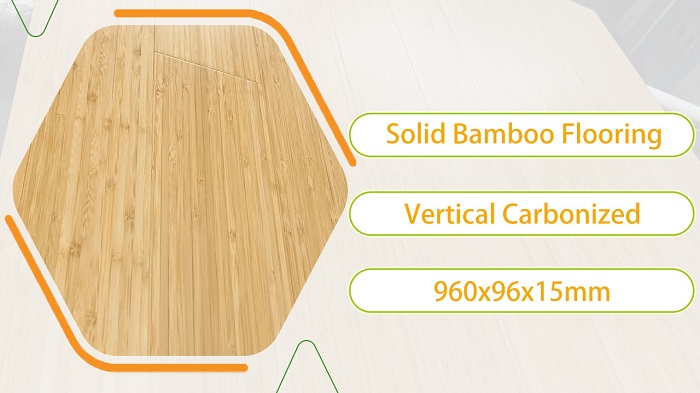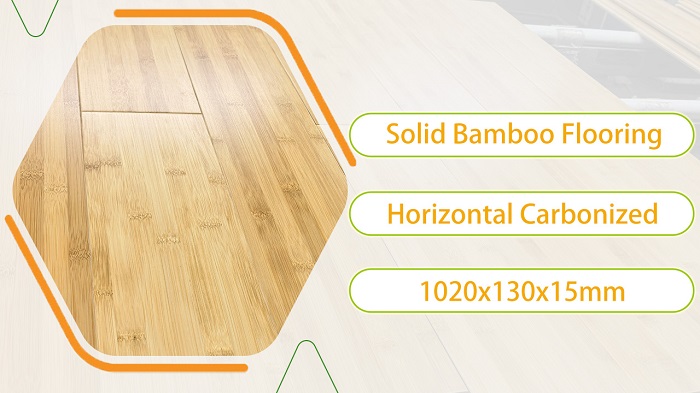Bamboo Flooring Thailand Supplier
Dec 3, 2025, 9:20 AM
Southeast Asia has seen a steady increase in the popularity of bamboo flooring, with Thailand emerging as a regional provider as well as a customer. Thailand's bamboo flooring sector has established a place for itself by emphasizing regional distribution, sustainable harvesting methods, and increasingly sophisticated manufacturing techniques, despite not being as globally prominent in bamboo production as China. By looking at its main distributors and suppliers, the different kinds of flooring that are available, pricing ranges, and how it compares to bamboo flooring created in China, this article investigates the current situation of bamboo flooring in Thailand.
The bamboo flooring market in Thailand is influenced by both regional importers and local producers. Thai Bamboo Co., GreenWood Siam, and Eco Flooring Thailand are a few of the most well-known brands in the sector. These businesses serve both the local market and nearby nations like Vietnam, Malaysia, and Cambodia. For example, GreenWood Siam primarily concentrates on engineered bamboo for commercial usage, whereas Thai Bamboo Co. obtains locally sourced bamboo and specializes in carbonized and strand-woven solutions. Using non-toxic adhesives and providing unique grains and finishes, Eco Flooring Thailand has established itself as an environmentally responsible company.

Bamboo flooring is widely available from distributors and stores like HomePro and DoHome, who frequently purchase it from Chinese exporters as well as Thai producers. These merchants are a practical option for both homeowners and contractors because they typically offer installation services and post-purchase assistance. Targeting high-end projects and lovers of minimalist interior design, smaller boutiques in Bangkok and Chiang Mai provide premium finishes and imported varieties.

Thailand's bamboo flooring options are very similar to those in other Asian markets. Strand-woven bamboo, vertical bamboo, horizontal bamboo, and engineered bamboo flooring are the most popular types. Sliced bamboo stalks are fused together to create the horizontal and vertical choices, which have a more conventional bamboo grain appearance. Strand-woven bamboo, on the other hand, is manufactured by compressing shredded bamboo fibers under great pressure and heat, resulting in a denser and more durable product. Engineered bamboo combines a bamboo top layer with a plywood or high-density fiberboard (HDF) core, making it ideal for humid regions and enabling for easier installation using click-lock systems.
The market for bamboo flooring in Thailand is also seeing an increase in color and product options. While carbonized bamboo, which is heat-treated to deepen its color, has become more popular due to its rich, mocha-like tones, natural bamboo with a light, golden hue is still popular. There are many options for matte sealants and UV-cured finishes, which provide both strength and visual appeal. To stay up with contemporary interior design trends, some Thai manufacturers are starting to experiment with wide-plank formats, hand-scraped finishes, and textured surfaces.

Depending on the kind, quality, and brand, bamboo flooring in Thailand might fluctuate in price. The average cost of locally made bamboo flooring, whether it be vertical or horizontal, is between 450 and 650 THB per square meter. Bamboo that has been strand-woven, which is renowned for its exceptional strength, costs between 850 and 1,200 THB per square meter. The cost of engineered bamboo typically ranges from 950 to 1,400 THB per square meter, contingent on the locking mechanism and core material. When buying in bulk from wholesale distributors or online marketplaces, imported Chinese bamboo flooring can occasionally be less expensive than local alternatives.

It's important to note the variations in quality between Chinese and Thai bamboo flooring. Chinese producers frequently produce goods with extremely regular dimensions, carefully regulated moisture content, and excellent surface finishes because to their decades of experience and sophisticated production skills. However, Thailand’s bamboo flooring industry has made strides in offering more sustainable and chemical-free alternatives. In order to appeal to consumers who are concerned about the environment, several Thai companies choose low-VOC or soy-based binders over formaldehyde-based adhesives. Thai bamboo flooring occasionally shines in artisanal craftsmanship and specialized adaptations, but Chinese flooring might be more scalable and cost-effective.

The source and handling of raw bamboo represent still another distinction. Thai businesses frequently employ bamboo species that are grown locally, which have a different fiber density than the Moso bamboo that is frequently used in China. This effects not just the appearance but also the hardness and shrinkage rate of the final product. In general, Thai bamboo is more porous, which, if improperly treated, can result in higher rates of moisture absorption. Although this tends to raise the cost, premium Thai products counteract this by employing numerous sealing layers and sophisticated kiln drying.

Thai bamboo flooring differs from its Chinese equivalents in terms of installation techniques and warranties. Numerous Thai products are made to withstand high levels of humidity and are intended for tropical settings. Click-lock methods, glue-down choices, and floating floor systems are all commonly accessible. In order to increase long-term performance and decrease customer complaints, several distributors provide installation training for contractors.

The bamboo flooring market in Thailand is set to become more significant as the region's need for fashionable, eco-friendly flooring solutions keeps increasing. Thailand provides competitive alternatives that prioritize eco-friendliness, regional adaptation, and an expanding range of design options, even though it may not yet be able to match the volume and accuracy of Chinese producers. Bamboo flooring in Thailand is a vibrant and changing area of the flooring market, regardless of whether it is purchased from a domestic producer or a Chinese exporter.



 皖公网安备 34180202000049号
皖公网安备 34180202000049号